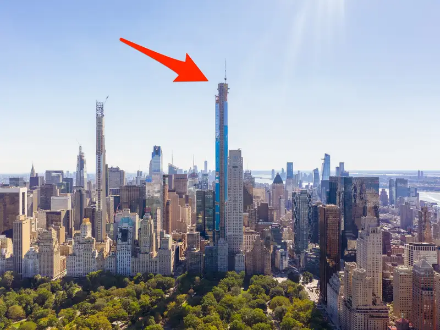Sweating the Small Stuff
As the US Department of State began to play a larger role in the DOC’s day to day operations, the list became a vehicle that the government could use to limit trade with parties it believed had connection with “activities contrary to US national security and/or foreign policy interests”, and the list became a way for the US government to withhold technology from certain entities by naming them to the list. We don’t imply that the government uses the list arbitrarily, but as there is little public discourse as to what might put a person or entity on the list, other than a connection with a military organization, the effect is essentially blocking US technology from being sold to certain foreign companies, which can limit the overall growth of that technology segment in the target country.
Such has been the case with China, who has been targeted, rightly or wrongly, by the DOC, with the list being used to selectively limit US semiconductor technology from sale to a number of key Chinese companies that limits China’s ability to compete with the US and its allies in the semiconductor space. Over the last few years the list and the target segments have been expanded, including the concept that not only would US companies fall under these licensing restrictions, but any company outside of the US that used any US equipment (hardware, software, services, etc.) would fall under the same guidelines, and while the US government technically has no control over foreign corporations, the pressure the US can exert on those companies and governments is considerable.
The list has long included Huawei (pvt), China’s largest telecom company and at one time the largest globally, with its equipment being used by carriers everywhere, including the US, but by inclusion on the list, semiconductor foundries were unable to supply Huawei with chips that were produced using advanced nodes and Huawei’s ability to compete, particularly in the smartphone space was severely limited. More directly the inclusion of SMIC (688981.CH) and a number of other Chinese semiconductor design and production entities has put even greater limitations on the Chinese semiconductor industry, particularly a restriction on the sale of EUV (Extreme Ultraviolet) semiconductor process tools, which are necessary for process nodes below 7nm and sold only by ASML (ASML).
The restrictions do not cover DUV (Deep Ultraviolet) tools, which are used in more mature nodes and produced by ASML, Canon (CAJ), and Nikon (7731.JP), but it seems the US is not happy just to cut the legs off of the Chinese semiconductor industry but is examining the idea of adding DUV tools to the list of restricted tools, which would cut the heart out of any expansion hopes for Chinese semiconductor manufacturers, but would present a major challenge to ASML’s tool business, which was heavily weighted toward DUV last quarter..
One point that has been irking the US government is the fact that Chinese companies are still able to buy chip design software made by US companies that allows them to design some of the more advanced types of semiconductors, such as GAA (Gate-all-around), and advanced process that Samsung (005930.KS) is using to produce 3nm node chips, and while Chinese foundries are unable to produce at such mature nodes, the thought is that a ban on such design software will push China’s semiconductor development further into the future. With three companies occupying ~80% of the EDA market, and both Synopsys (SNPS) and Cadence (CDNS) being US companies[1], inclusion would further limit China’s hopes for maintaining any chance of competing at such advanced product levels.
While the US has not instituted these additional bans, discussions seem to be ongoing, including those with the government of the Netherlands, where ASML is located and the government is even considering tightening export rules on equipment used to produce advance memory, an area that has faced less restrictions than foundry processes, as a recent announcement that Shanghai PanSic Semi (pvt), a crypto mining chip design company is to be Samsung’s first 3nm GAA customer seems to have alerted officials to China’s potential in the memory space. But it seems that Chinese semiconductor manufacturers have been anticipating a tightening of US restrictions for some time and have been purchasing as much US sourced semiconductor process equipment as possible during the 1st half of 2022, with $36.5b of semiconductor equipment purchased from US companies, second only to Japan’s $48.8b, and while that was down 4% y/y because of more specific restrictions, it seems Chinese semiconductor producers are trying to get as much equipment delivered as possible before any new constraints are added.
We note that the passage of the Chip Act is certainly a step toward the US expanding its direct semiconductor production involvement over the next few years, but the analogy we most subscribe to is whether you decide to win a race by running faster than your opponents or by tripping them before they finish. We prefer the former and while the entities list does limit US technology access to companies, entities and individuals who have direct and indirect links to military and subversive organizations, using it to ‘trip’ China’s semiconductor industry seems to be a bit of an ethical misstep. Perhaps the Chips Act will help to focus the government more on encouraging the development of the US semiconductor and less on limiting development in other countries as the semiconductor industry has proven itself to be a global one, needing the resources of many countries to maintain balanced growth, ample supply, and reasonable pricing.
[1] The 3rd is Siemens EDA, formerly Mentor, is based in the US but owned by Siemens










 RSS Feed
RSS Feed